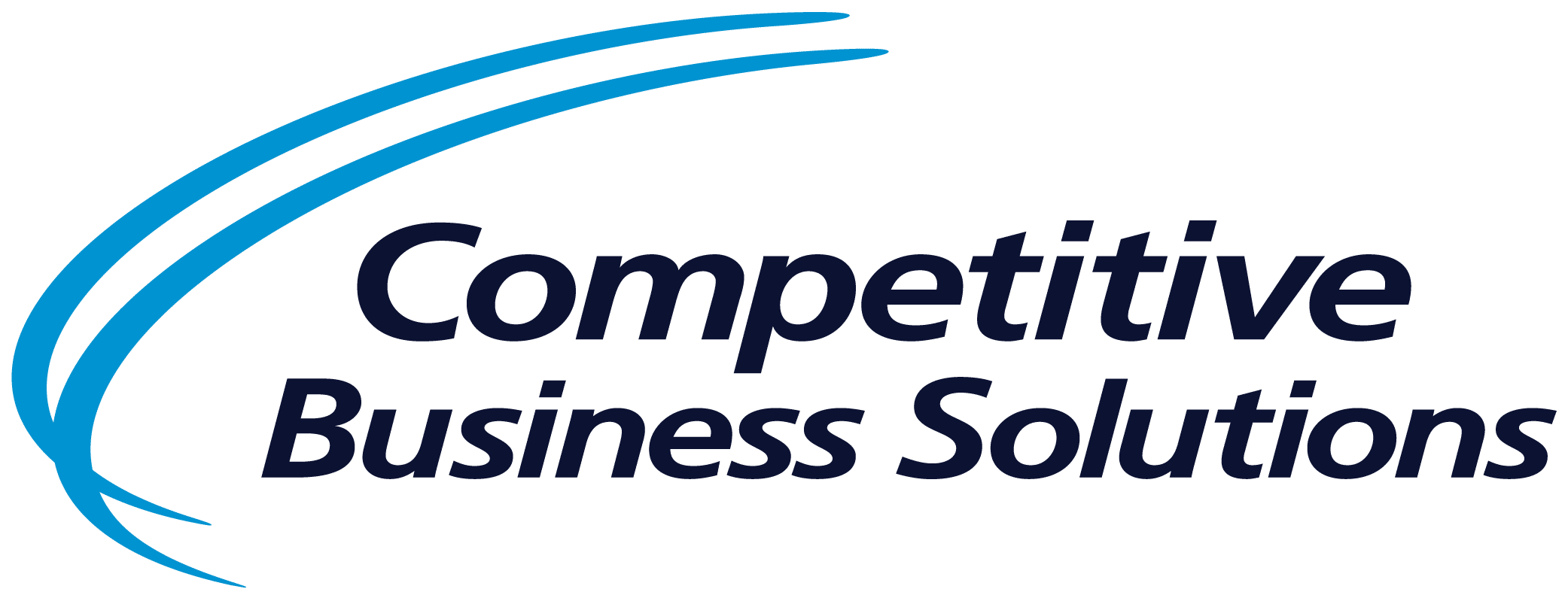In 2004 I was consulting for a business who had acquired a company. Things were not going well.
Production was abysmal. The culture was in ruins. No one from the acquired company seemed to have anything good to say about the parent company. I knew from day one that I had my work cut out for me.
As I began analyzing what was going on, someone I was working with asked me a question: “When did acquisition actually take place?” Based on what I’d been led to believe up to that stage, I figured it must’ve been within the last two or three years. After all, the problems I was finding weren’t completely atypical of a recent acquisition. When I found out the answer, though, I was floored.
Eighteen years. The parent company had acquired the problem child in the late-1980s. While the day-to-day logistical issues had been solved early on, the culture of the acquired company was so strong – and so toxic – that the negativity had persisted for almost two full decades. What was even more striking: only 25% of the current workforce had been around at the time. Meaning: even the people hired after the acquisition were so indoctrinated by those who remained that their perspective was tainted from their first day on the job.
The parent company had done a good job in putting together what we call the first two legs of the stool: practical logistics and operational efficiency. Where they had failed was in the oft-overlooked third leg of the stool, which is equally crucial, if not more so, for the long-term success of the acquisition.
So, here’s what to consider as you work to achieve that third leg – cultural integration and business operations alignment – during and after the acquisition process.
The Three Legs of Acquisition
First, just to make sure we’re all on the same page, here’s what each leg of the stool involves when it comes to acquisitions.
Leg 1- Practical Considerations: The first leg encompasses the nitty-gritty details such as IT integration, HR onboarding, and labor contract harmonization. These are the tangible aspects that need to happen to ensure the newly acquired business can function within the corporate umbrella.
Leg 2 – Efficiency and Productivity: Leg 2 deals with restructuring and operational efficiency. Companies often contemplate whether to restructure before or after the acquisition. The goal here is to streamline processes and optimize productivity.
Leg 3 – Cultural and Business Operations: It’s this third leg that we’ll focus on. This is typically where success or failure happens. So, how do you navigate the cultural differences and align business operations when bringing a new company into the fold? The two keys to finding success in the third leg are cultural integration and business operations alignment. Get both of these two things in place and humming, and you’re headed in the right direction.
Cultural Integration
Cultural integration is about more than just corporate buzzwords; it’s about creating an environment where employees from both the acquiring and acquired companies can thrive. Here are some of the specific things to think about during this stage of the process:
-
Defining Corporate Culture:
Before acquiring a new firm, it’s essential to determine what kind of corporate culture you want to foster. Are there existing practices in place, and do you intend to assimilate them into your corporate culture? Danaher and GE are two companies that do this well, sending dedicated teams to work directly with the leadership of the newly acquired company.
-
Business Management System:
Think of this as the blueprint for how the business runs. It includes everything from executive-level meetings to the rhythm and expectations of day-to-day operations. Deciding what to bring over, replace, or discard from the acquired company’s systems is crucial.
-
Cultural Alignment:
Cultural integration often involves a delicate balancing act. You may need to modify certain aspects of the acquired company’s culture to align with your own, but be cautious not to alienate their employees. Think of it as a fusion of the best of both worlds.
-
Communication and Trust:
Open communication and trust-building are the cornerstones of successful cultural integration. Employees should feel heard, valued, and part of the decision-making process. Social interactions that transcend business discussions can help build rapport.
Business Operations Alignment
Along with integrating the cultures of the new and existing companies, aligning business operations involves harmonizing processes, strategies, and objectives. Here’s how we tend to approach it:
-
Assessing Existing Systems:
Start by thoroughly assessing the acquired company’s business operations. Identify what works, what doesn’t, and where there’s room for improvement.
-
Integration Models:
Consider models like the Danaher Business System. Sending out a dedicated team from your organization can facilitate alignment sessions with the acquired company’s executive team.
-
Transition Support:
Transitioning the management team is critical. Provide support in the form of cultural and business culture experts. Ensure there’s a clear timeline and expectations for the rollout of changes.
-
Accelerating Benefits:
When done correctly, the third leg of acquisition accelerates the expected benefits from the acquisition. It’s not just about cutting costs but also about maximizing the synergies between the two companies.
While the first two legs of acquisition deal with practicalities and efficiency, it’s the third leg that often separates successful acquisitions from the rest. Building culture, fostering trust, open communication, and aligning business operations are pivotal in ensuring that the acquisition becomes a thriving part of the corporate umbrella.
Mastering this third leg is essential. Companies that ignore it may find themselves facing challenges, resistance from employees, and a failure to realize the full potential of their acquisitions. So, no matter where you are in this process, remember: the third leg of the stool is not just an afterthought; it’s the foundation for long-term success.



